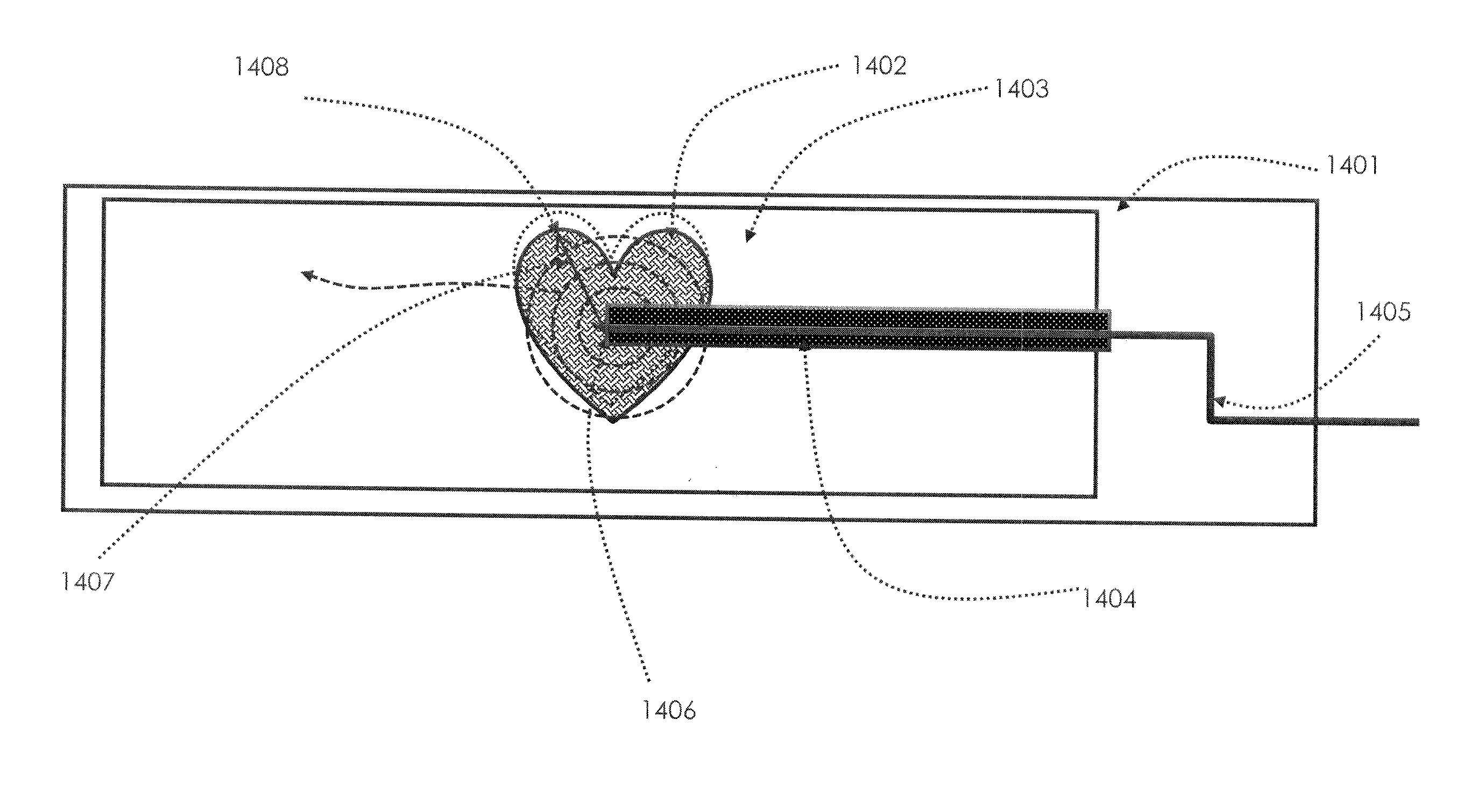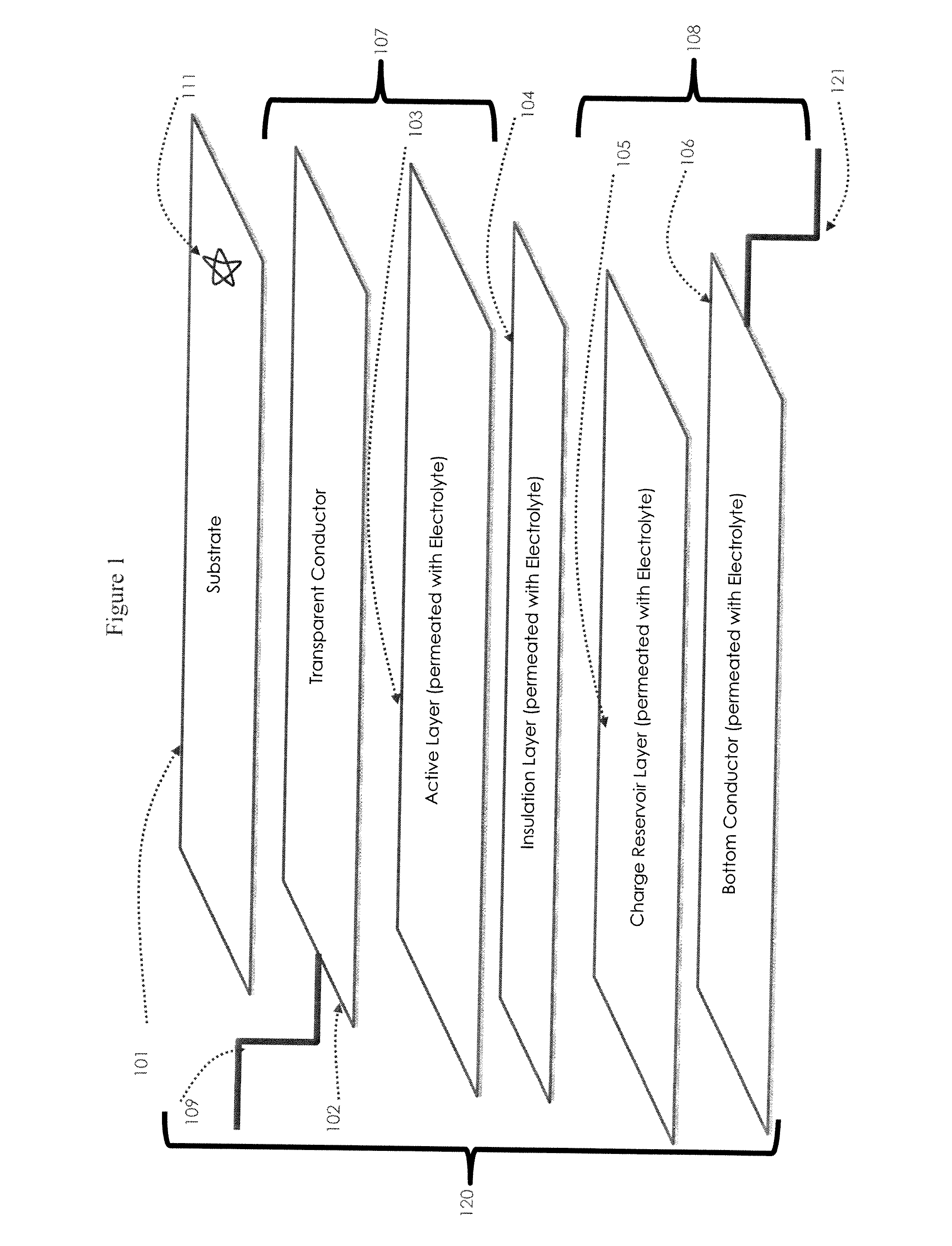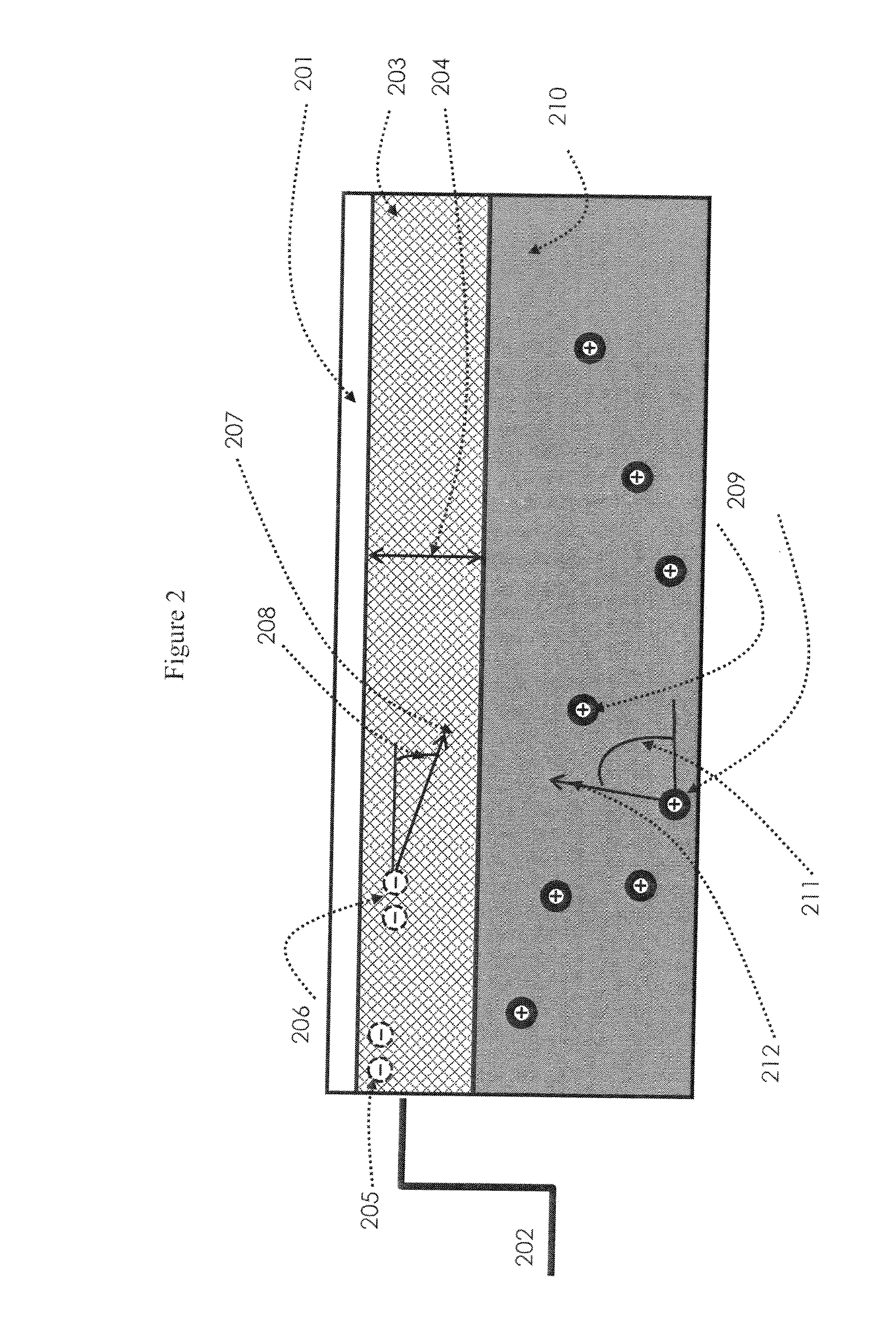Advanced electrode structures and electrochromic devices
a technology of advanced electrode structure and electrochromic device, applied in the field of electrochromic display device, can solve the problems of common limitations in the design of the working (seg) electrode of electrochromic (and ionochromic) system, and affecting the performance of the display devi
- Summary
- Abstract
- Description
- Claims
- Application Information
AI Technical Summary
Benefits of technology
Problems solved by technology
Method used
Image
Examples
Embodiment Construction
[0073]Reference will now be made in detail to the preferred embodiments of the present disclosure, examples of which are illustrated in the accompanying drawings. Wherever possible, the same reference numbers will be used throughout the drawings to refer to the same or like parts.
[0074]The present disclosure provides for an inventive display device having: a coloring electrode positioned on a transparent film; a second electrode; a separator layer positioned between the coloring electrode and the second electrode; and electrolyte. The coloring electrode is formed from a connected conductor system of one or more heterogeneous conductive areas and a coloring area where the coloring area is directly deposited onto the transparent film without the heterogeneous conductive areas positioned between the transparent film and the coloring area. The disclosure is summarized in the following sections: (A) Display Design and Method of Manufacture; (B) Material Compositions (used to generate the...
PUM
 Login to View More
Login to View More Abstract
Description
Claims
Application Information
 Login to View More
Login to View More - R&D
- Intellectual Property
- Life Sciences
- Materials
- Tech Scout
- Unparalleled Data Quality
- Higher Quality Content
- 60% Fewer Hallucinations
Browse by: Latest US Patents, China's latest patents, Technical Efficacy Thesaurus, Application Domain, Technology Topic, Popular Technical Reports.
© 2025 PatSnap. All rights reserved.Legal|Privacy policy|Modern Slavery Act Transparency Statement|Sitemap|About US| Contact US: help@patsnap.com



